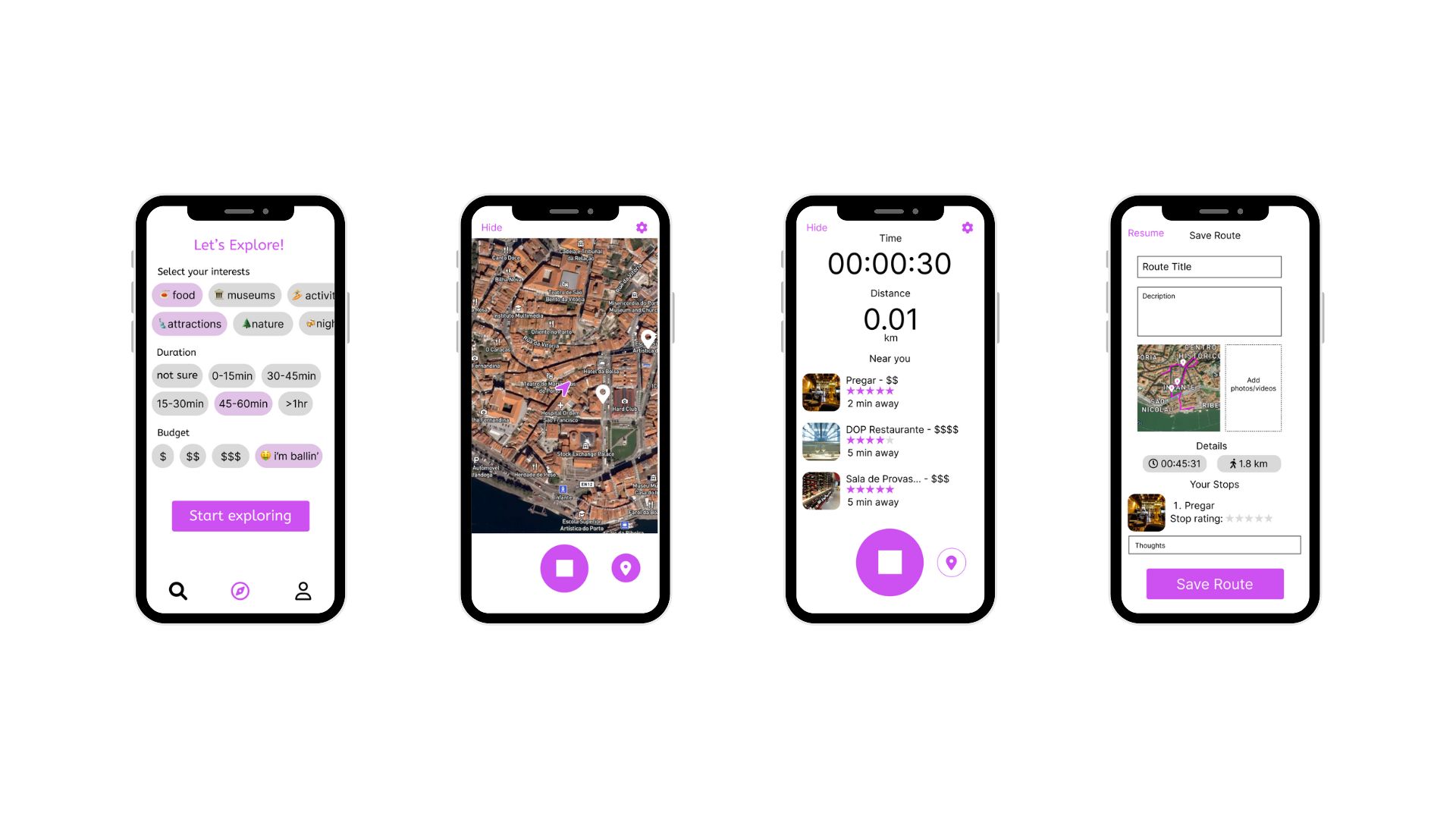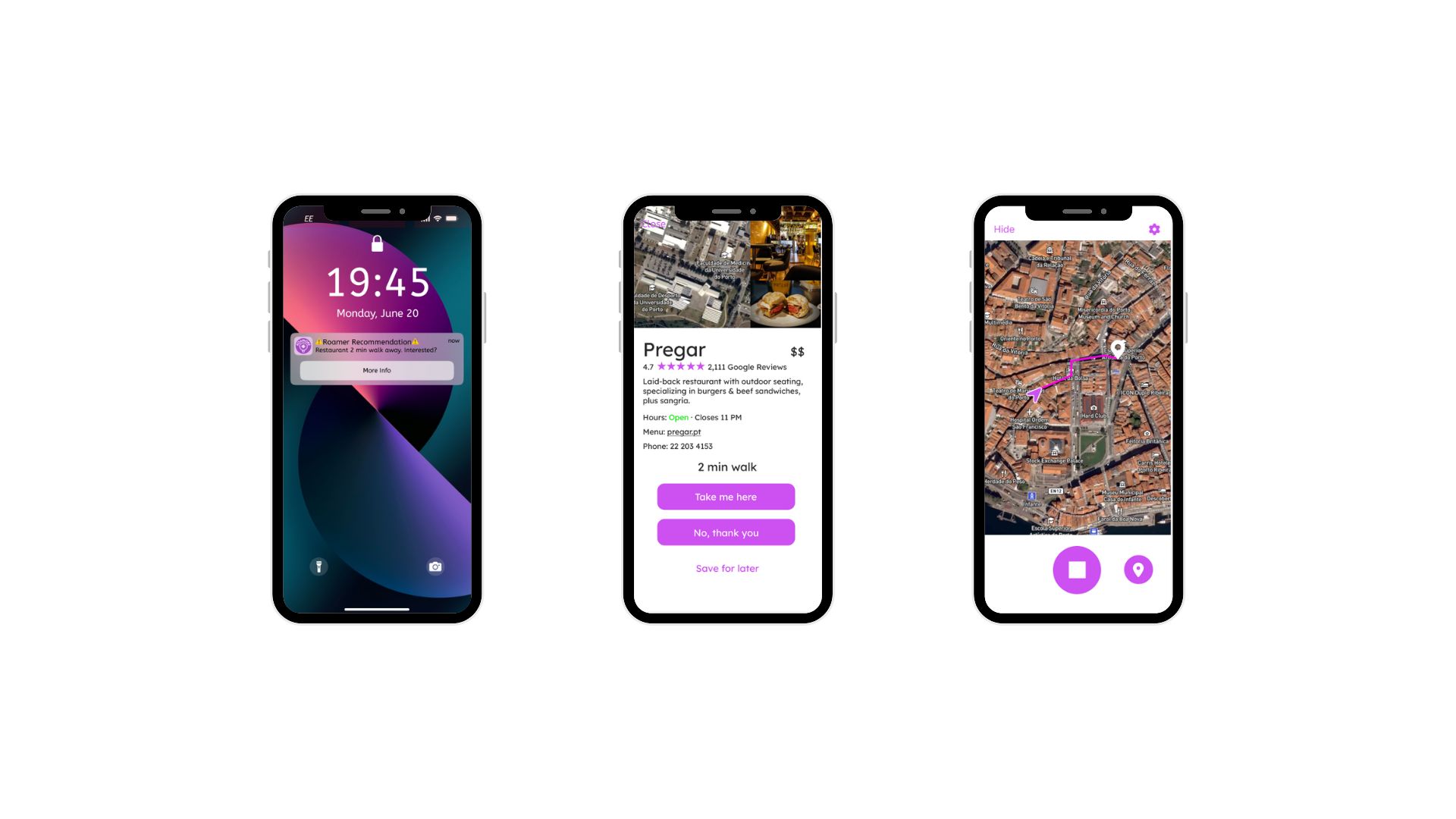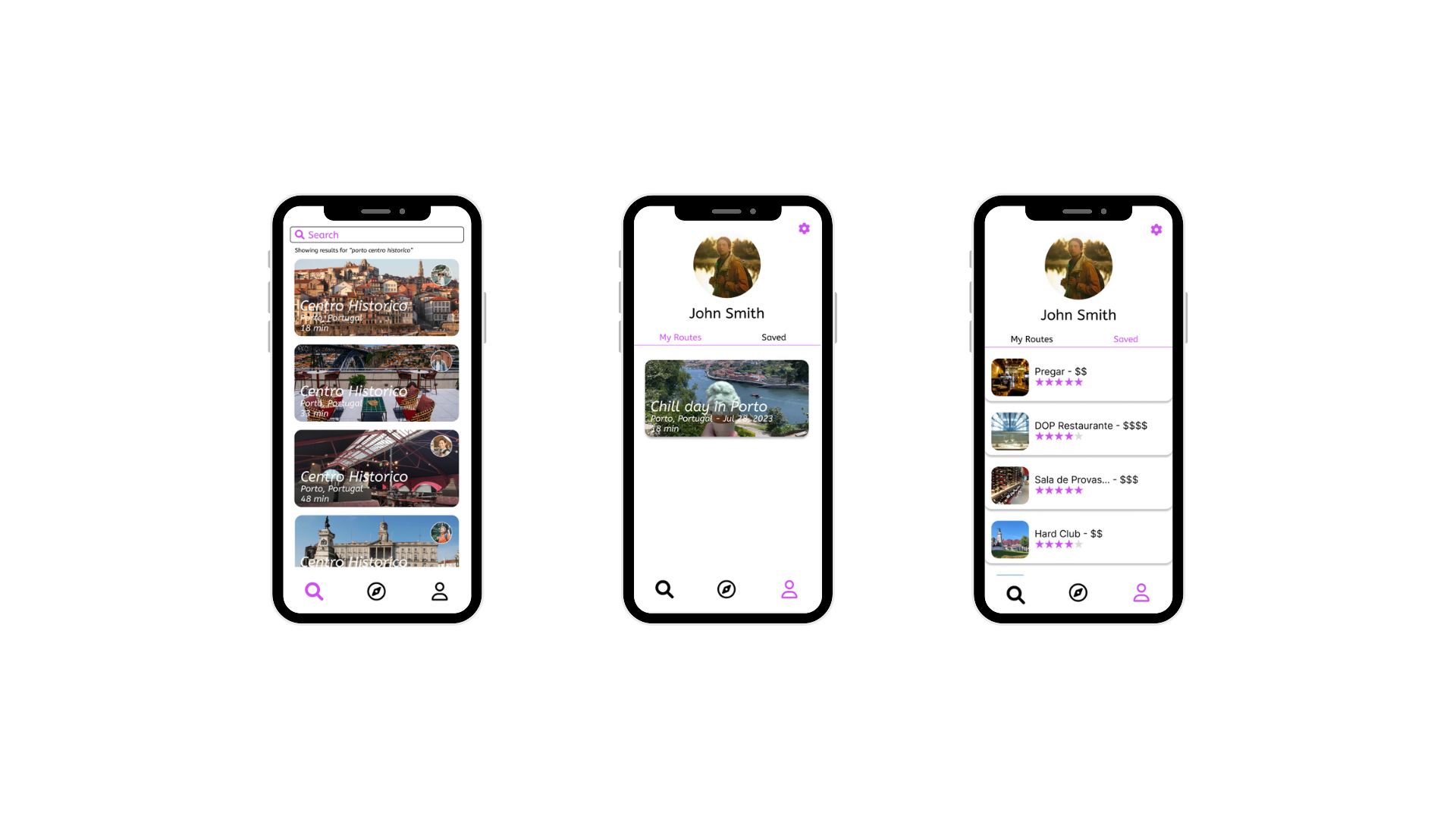

Independent Explorers
Our primary users are travelers who prefer to discover cities on their own terms rather than with guided tours. They value authentic experiences but often struggle with decision fatigue and inefficient exploration. Wanderlink provides them with personalized guidance that preserves their freedom while enhancing their discovery process.
Time-Constrained Visitors
These users have limited time in a new city (business travelers, weekend tourists, cruise passengers) and need to maximize their experience efficiently. They use Wanderlink to optimize their routes and ensure they don't miss experiences aligned with their interests despite tight schedules.
Interest-Driven Explorers
These users have specific passions (food, architecture, history, etc.) and want to explore cities through these lenses. Wanderlink helps them discover experiences aligned with their particular interests rather than generic tourist attractions, creating more meaningful and personalized journeys.
Create custom exploration routes tailored to your specific interests and preferences. Filter by categories like food, museums, attractions, and nightlife, while controlling duration (from quick 15-minute detours to multi-hour adventures) and budget level to match your spending comfort. Our intuitive interface makes planning effortless with a simple "Start exploring" button that launches your personalized adventure.

Navigate your routes with detailed real-time information, including distance covered, time elapsed, and a live map of your journey. As you explore, Wanderlink identifies points of interest near you, complete with distance indicators, price ranges, and ratings. The app adapts to your location, ensuring you never miss hidden gems just minutes away from wherever you are in the city.

Receive personalized recommendations tailored to your preferences, complete with detailed business information, ratings, and easy "Take me there" navigation options. Your profile keeps track of all your exploration history, allowing you to revisit favorite routes and save memorable spots for future visits. Browse your collection of saved places and completed routes, creating a personal travel portfolio that grows with each adventure.
